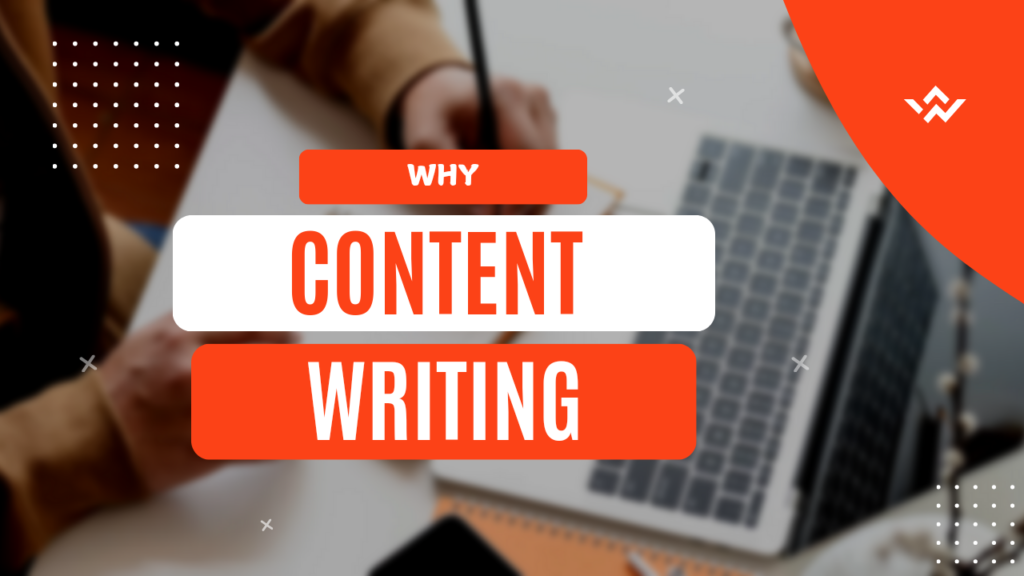Improve Blog Readability
Hello Blogger,
Do you ever wonder why readers bounce off your blog posts within seconds? It might not be your content; it could be how your blog reads! Improving blog readability is one of the most effective ways to keep your readers engaged, encourage them to explore more content, and boost your SEO.
When your blog is readable and easy to navigate, it means visitors are going to stay in it, absorb your message, and even convert into loyal followers.
In this post, I, Amir, am going to guide you on the best practices on how to improve your WordPress blog’s readability. By the end of this guide, you will know exactly how to make your WordPress blog readable, so every post you publish reaches and impacts your audience.
Why Is Blog Readability So Important?
First, let’s get to why. Poor readability frustrates readers, making them leave your site sooner than they had wanted to. That is why improving WordPress blog readability is so important:
- User Engagement: Blogs with good readability have better time-on-page statistics. According to studies, 79% of internet users scan web content rather than reading it word for word.
- SEO Benefits: Google favors clean blogs. When your blog’s bounce rate goes down with better readability, so does your rankings.
- Conversions: Your blog may be promoting a product, an affiliate link, or a newsletter sign-up; readable content inspires more action.
Optimize your blog design for better readability, and you serve both your readers and your search engines: a classic win-win.
1. Choose Readable Fonts
The foundation of any readable blog is to choose a readable font. No matter how good your content is, poor font choices make it difficult to read.
- Use sans-serif fonts like Arial, Roboto, or Open Sans. These are clean and easy to read on screens.
- Ensure that the font size is at least 16px for body text. Anything smaller can strain the eyes.
- Limit yourself to two font families across your blog to maintain consistency and avoid clutter.
When choosing fonts, consider the overall blog design for readability. Simple fonts aren’t just visually pleasing—they also make your WordPress blog easy to read.
2. Write Shorter Sentences and Paragraphs
Nobody likes walls of text. Divide your content into small pieces. Short sentences and paragraphs help to skim your writing and allow readers to get your point fast.
- Why it works: Readers of the web have short attention spans. According to a Nielsen Norman Group study, they read only 20% of the content of an average webpage.
- Use bullet points or numbered lists (like this one!) to emphasize your points.
When you focus on brevity, it naturally helps to improve blog readability.
3. Use White Space Strategically
White space isn’t wasted space—it’s a tool that enhances clarity and focus. A cluttered page overwhelms readers, while ample white space makes content approachable.
- Keep plenty of space between paragraphs and sections.
- Add margins and padding around text and images.
Good use of white space is an underrated tactic in WordPress blog readability.
4. Optimize Headings and Subheadings
Headings serve two purposes: they improve readability and boost SEO. Use H2 and H3 tags strategically to break your content into digestible sections.
- Headings should be descriptive but brief. Instead of “Fonts,” for example, use “Choose Readable Fonts for Better Readability.”
- Ensure that headings are in a bigger font size to grab much attention. Optimized headlines are not only very important in SEO but also constitute one of the important elements in blog design regarding readability.
5. Choose an Engaging Blog Design
Layout on your WordPress blog matters. It has to take the reader through the content in a fluid and non-obtrusive manner.
- Use one column layout for blogs. The readers find it easier to follow than multi-column layout.
- Include enough clickable links, like here, to lead the readers through to other relevant content.
A clean and engaging layout is essential to make your WordPress blog easy to read.
6. Use Visuals Wisely
Visuals like images, infographics, and charts make your post rich. However, overusing a page with visuals can negatively impact results.
- Include relevant images to illustrate complex ideas.
- Maintain a uniform look for all visuals.
- Optimize images to avoid slowing down your site that will depend on SEO and readability.
Integrating visuals while focusing on readability tips WordPress creates a more balanced reading experience.
7. Leverage Plugins to Improve Readability
WordPress offers several plugins designed to enhance readability. Here are some must-try options:
- Yoast SEO: This plugin evaluates your content’s readability and provides actionable tips.
- WP Accessibility: Improve accessibility features for all types of readers.
- Table of Contents Plus: Automatically generate a table of contents for better navigation.
These tools simplify the process and make your WordPress blog easy to read.
8. Use Internal Links to Guide Readers
Internal linking is an excellent way to retain visitors on your site and also improve readability. You build a flow that will easily move the reader around from one related post to another.
For example:
- If you are writing about how to speed up your site, you could link to our guide on Fixing Slow WordPress Websites.
- If you’re discussing plugins, reference our article on Essential Plugins for WordPress.
Strategic internal linking is a must for improving blog readability and keeping readers engaged.
9. Add Readability Testing Tools
Test your blog’s readability score to ensure you’re hitting the mark. Tools like Hemingway Editor and Grammarly provide instant feedback on sentence complexity and readability.
- Aim for a Grade 8 reading level.
- Avoid using overly technical jargon unless necessary.
These tools complement the strategies above to improve blog readability on WordPress.
10. Enable Mobile Responsiveness
A significant portion of blog traffic comes from mobile devices. If your blog isn’t mobile-friendly, you’re losing readers.

- Choose a responsive WordPress theme for right formatting on all screen sizes.
- Review your text’s font size, spacing, and image alignment for the mobile reader.
Since you are focusing on mobile optimization, you are inherently making your WordPress blog readable.
11. CTAs Focus
Finally, take readers to the next step with persuasive and clear CTAs. Whether it is subscribing to your newsletter, reading a related post, or downloading an eBook, CTAs improve engagement.
- Place CTAs at the end of sections.
- Use contrasting colors to make them stand out.
When your CTAs are clear, you not only enhance engagement but will support your efforts to make WordPress blogs easy to read.
Blog readability is no longer a nice-to-have but rather a necessity in keeping readers engaged, improving SEO, and achieving your blogging goals. By focusing on simple design choices, strategic content formatting, and readability tools, you can transform your WordPress blog into an engaging, reader-friendly platform.
If you want to optimize your blog further, check out our guides:
- How to Write High-Quality Content
- Maximize Organic Traffic with On-Page SEO
- Add Contact Forms in WordPress for Free
By Blogger, readability is the bridge that connects your content to your audience. Take these steps so that your blog is read not only today but remembered too.
Amir: This is the complete tutorial to improve your blog readability. if you still in trouble? Feel free to comment below or read faqs for this post relevant questions.
Why is blog readability important for WordPress blogs?
Blog readability ensures visitors can easily understand your content, leading to higher engagement, lower bounce rates, and improved SEO performance.
What are the best practices to improve blog readability on WordPress?
Use readable fonts, short paragraphs, white space, optimized headings, and tools like readability plugins to make your WordPress blog easy to read.
Can blog readability affect my site’s search engine rankings?
Yes, search engines prioritize user experience. Improved readability can lead to longer time-on-site and better rankings.
What tools can I use to test the readability of my WordPress blog?
Tools like Yoast SEO, Grammarly, and Hemingway Editor help analyze and improve the readability of your content.
How can internal linking improve blog readability?
Internal links create a natural flow for readers, guiding them to related content and keeping them engaged on your site.




